St Johnstone boss, Simo Valakari, has insisted that formations and tactics haven’t been the cause of the Perth club’s recent slump in form.
A perception that Saints are a side that is “too open” by design is a myth, according to the Finn.
And when his team, now nine points adrift at the bottom of the Premiership, have enjoyed good spells in games, it hasn’t been because the players have responded to tweaks made from the bench.
“I know that there has been a lot of talk about whether we should be changing the way we play, that we are taking too many risks, that we are attacking too much and that we are playing too much possession-based football,” said Valakari.
“I understand that – it comes when you don’t get results, and you concede six goals in two games.
“People will look at our last two matches (3-1 defeats to Dundee and Rangers) and say that we played much better in the second halves of them.
“Maybe they will think that we have changed something tactically at half-time.
“Actually, in both matches we didn’t change one thing in terms of systems.
“The game plan, structure, tactics and identity were exactly the same.
“The difference was we didn’t make the mistakes we had made in the first halves.
“You can analyse the six goals. They’re all about behaviour and reacting quickly.
“Yes, we have changed some personnel for second halves of games, and it has maybe been a case of one player doing better than another player.
“But it hasn’t been that they’ve been asked to play to different tactics.
“When we don’t concede goals in the way we have been, suddenly our game looks OK.
“It doesn’t matter how we set-up if we let in soft goals like this.
“We could park the bus or pick any formation – it wouldn’t make a difference.
“It’s too simple to just say: ‘Be harder to break down’.”
Lack of width in Saints’ squad
Valakari inherited a squad that didn’t boast strong options on the flanks.
And he admitted that imbalance has restricted his tactical options since taking over from Craig Levein.
Hopefully, he will be able to remedy that by the time the January transfer window closes.
“A lack of options at full-back and no natural width through wingers really limits us,” said Valakari.
“Width is so important.
“Coaches in this league are not stupid.
“They analyse our games.
“When you don’t have natural width, it is a problem for a variety of tactical reasons, there’s no getting away from that.
“You always try to tinker, especially when you are finding out about players. You think: ‘Maybe this player can do this job’.
“When you are on a bad spiral, it’s hard to make that work.
“It’s not as easy as just playing players in their natural positions.
“As we saw at Christmas, options were limited for a number of reasons.
“Ideally, we want to control a game with the ball and without the ball.
“We want to be a team that can build the play through structures to get ourselves higher up the pitch, but we also need to recognise when it is right to go vertically and use space in behind.
“If it was easy to get results just by going long, everybody would do it.
“If you do it too early, it’s simple for good defenders to read the situation and deal with it.”
Valakari added: “Being compact when we defend is something I want to see in our team.
“But we haven’t been able to do that for long enough.
“Teams have been able to push us back, get balls into the box and not let us play to our strengths.
“I see us working towards being a team who can play different ways to get us up the pitch and be in a position to deal with transitions and control the game better.
“It’s not that we need a completely new team.
“In football, you can get two or three new pieces which make the other pieces click together better.
“The sum of the parts will be better than we had before.”
Illness at McDiarmid Park
Adama Sidibeh missed Sunday’s trip to Ibrox through illness and Valakari revealed the Gambia international was just the latest in a long line of December to January virus victims.
“Adama had it for the whole of last week,” he reported.
“Monday was his first day back at the ground.
“Across the whole festive period we had to deal with this virus.
“It has been pretty bad – players, staff, everybody at the club.
“There were players missing and other players who probably shouldn’t have been on the pitch at certain moments.
“I didn’t want to mention it at the time because ‘no excuses’ is an important principle here.
“That was one of the things I meant when I said after the Rangers game that hopefully things are turning if we are through this virus.”
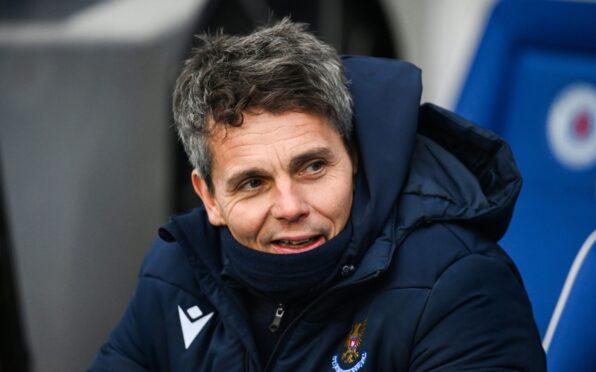
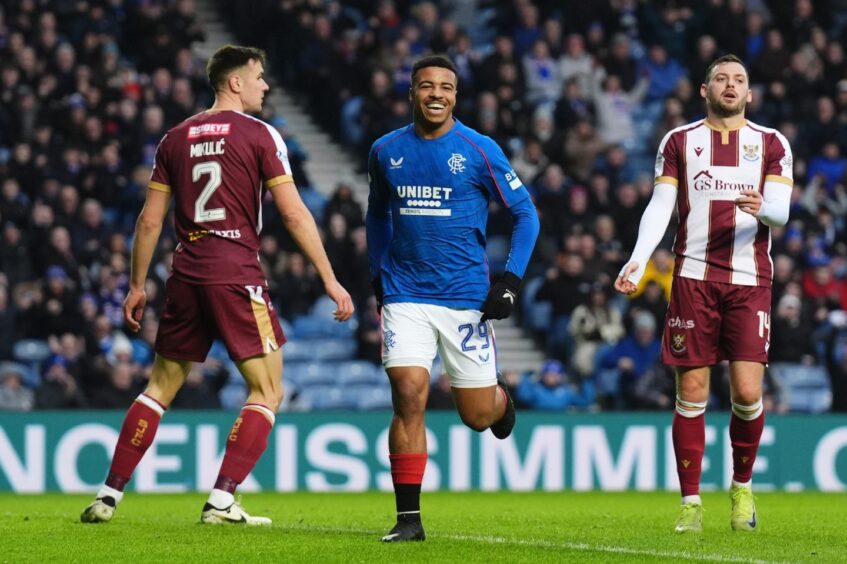
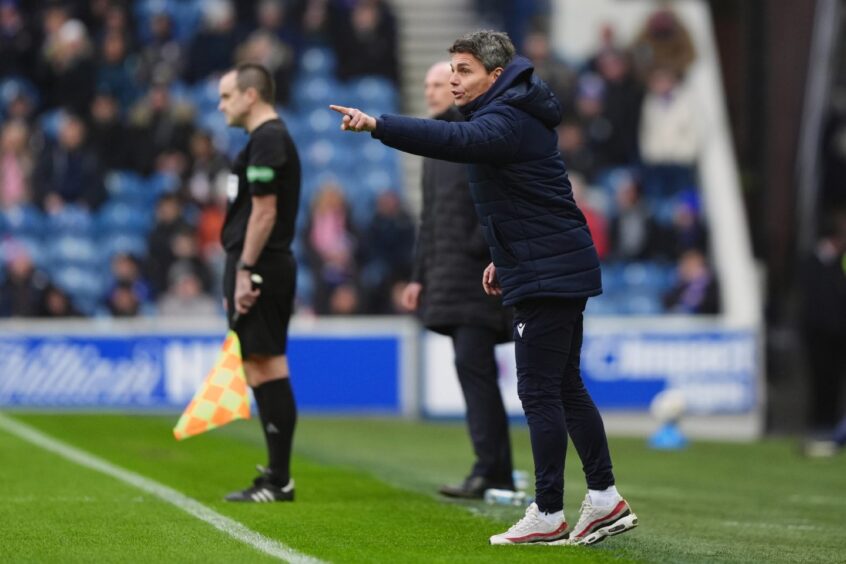
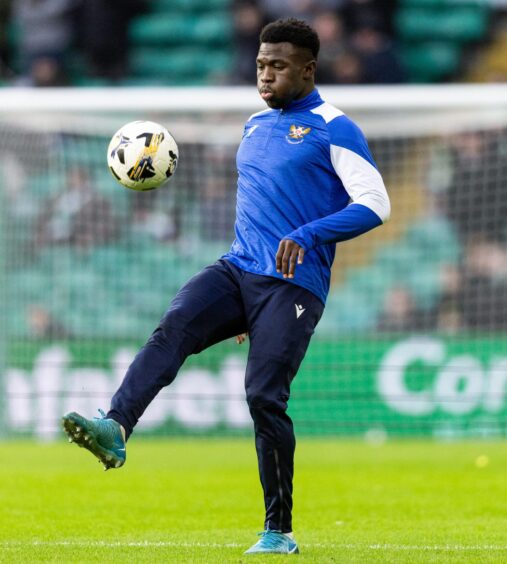
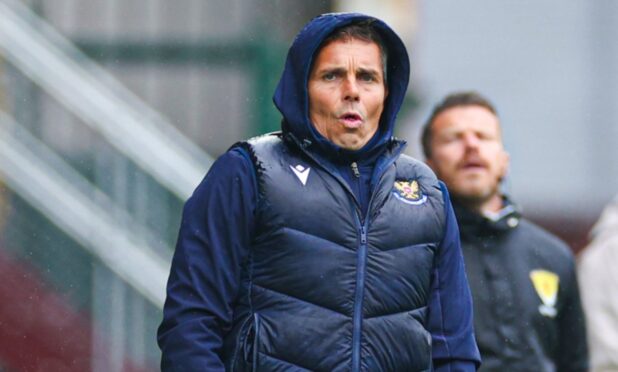
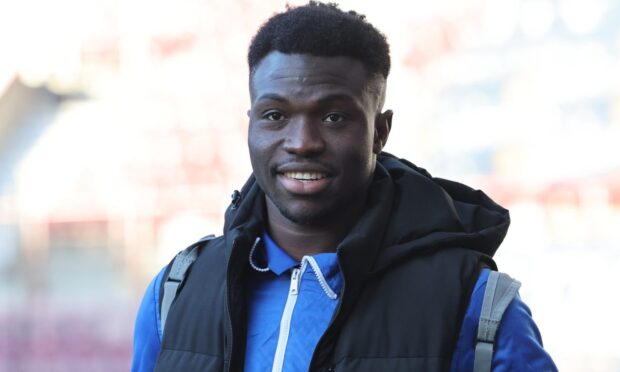

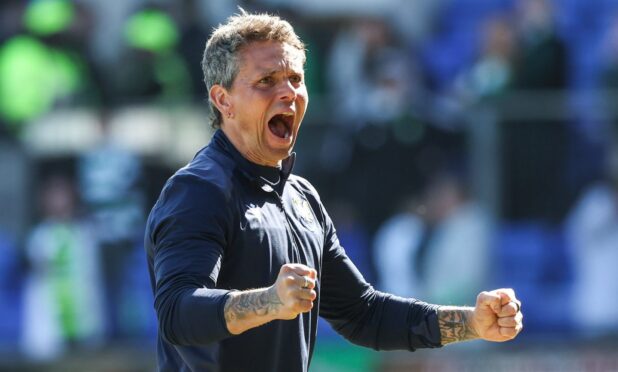
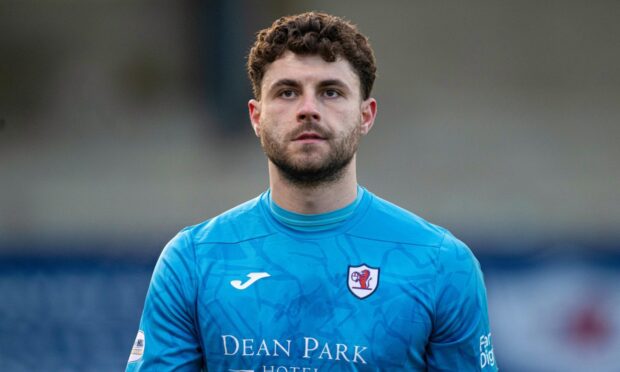

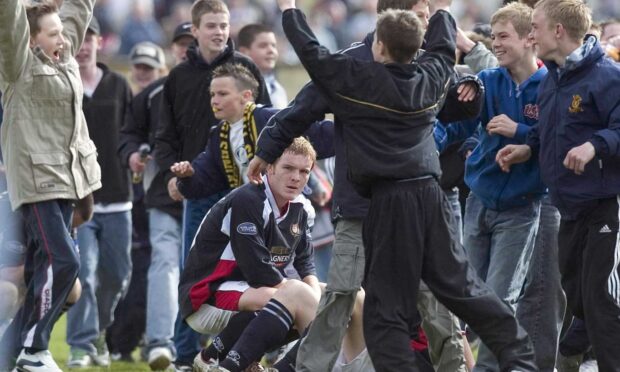
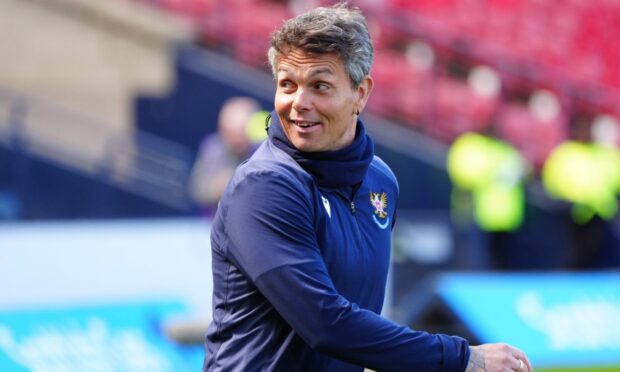
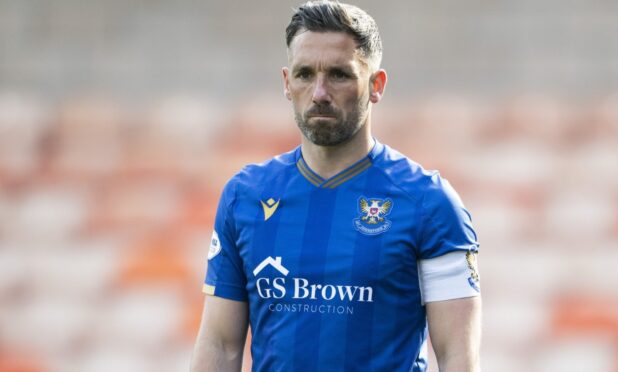
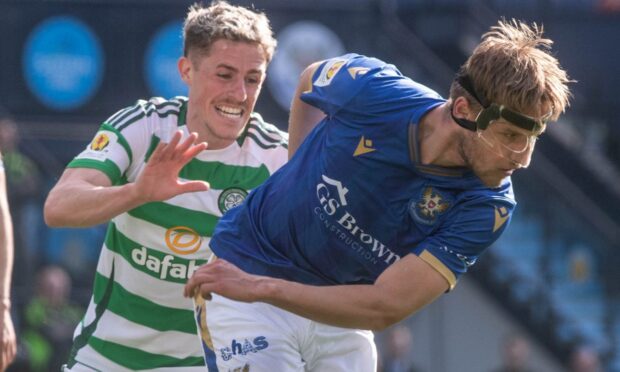
Conversation